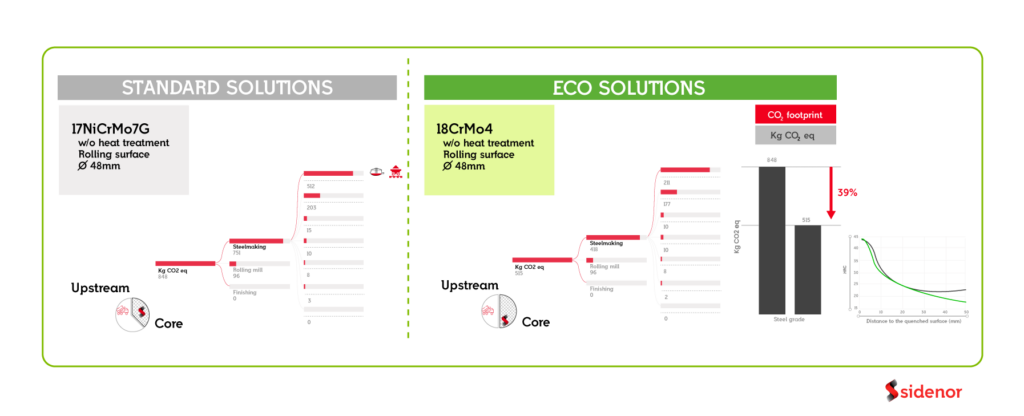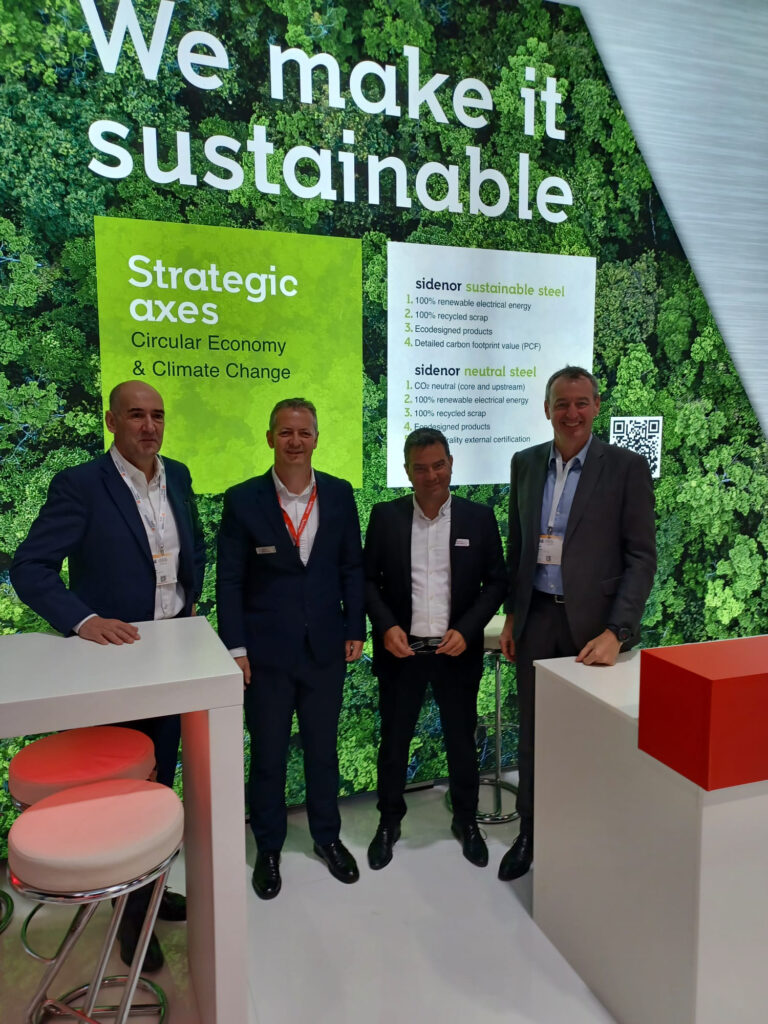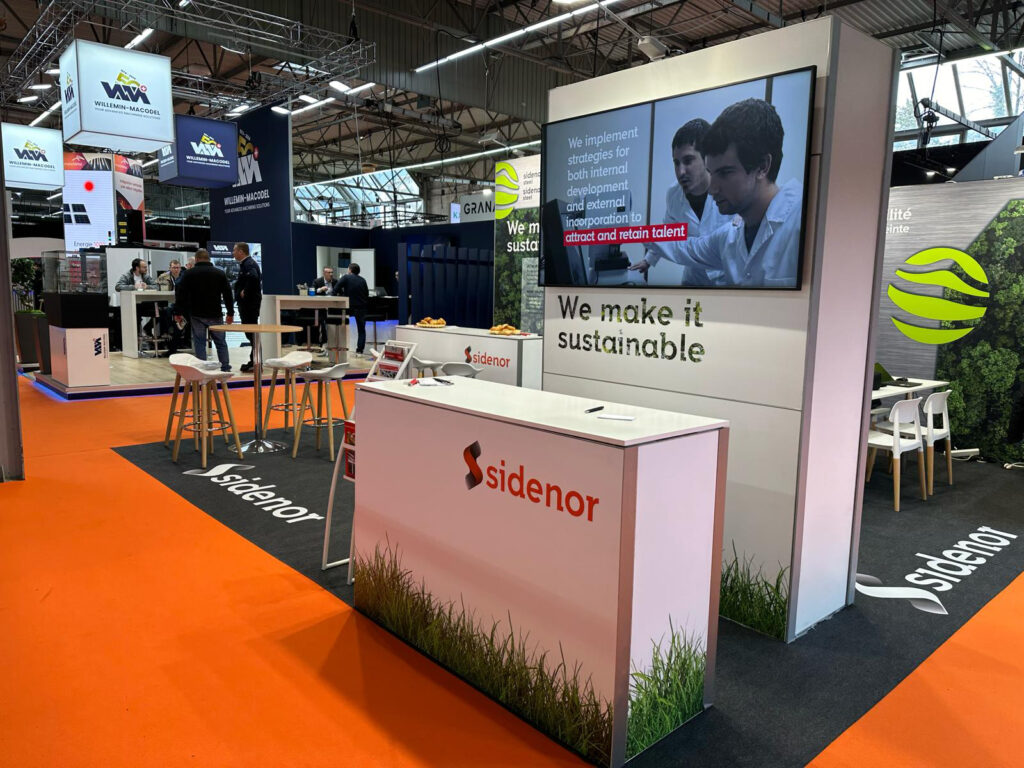
Sidenor is amongst the leading providers of special steels with a low carbon footprint
At Sidenor, we implement a Life Cycle Assessment (LCA) vision in order to reduce the environmental footprint of our products. In addition, we provide our customers with the possibility to acquire Sustainable and Neutral Steels.

Sidenor Sustainable Steel and Sidenor Neutral Steel
Steels with low carbon emissions

- 100% renewable electrical energy, resulting in steel with low carbon emissions
- EAF production. Steel manufactured from 100% recycled or reclaimed scrap metal
- Ecodesign. Ad-hoc steel product generation
- Detailed PCF value

- 100% renewable electrical energy, resulting in steel with low carbon emissions
- EAF production. Steel manufactured from 100% recycled or reclaimed scrap metal
- Assure audited 0 emissions in all our processes
- Ecodesign. Ad-hoc steel product generation

The electricity used in the steelmaking process is verified independently, with a
‘Guarantee of Origin’ given that it is produced from renewable sources.
Environmental sustainability is a key element in Sidenor’s strategy. In this perspective, renewable energy implementation is an essential tool.
In this context, and with the aim to reduce the emissions generated by its own activity, Sidenor has established a plan to ensure that 100% of the electrical energy consumed comes from renewable sources. For this purpose, we are working on two areas:
- Concluding PPAs (Power Purchase Agreements).
- Investing in photovoltaic parks for self-consumption.

Climate Targets and SBTi
Sidenor has approved new objectives to reduce its greenhouse gas emissions, which have been validated by the Science Based Targets initiative.
This approval means that the objective is based on scientific criteria and aligned with the target of keeping global warming below 1.5°C, and meets the Paris Agreement objectives.
Sidenor has committed to follow the Science-Based Targets initiative and has set ambitious targets. We will contribute to slowing down global warming.

In addition to direct greenhouse gas emissions resulting from the company’s activity (Scope 1), Sidenor is now also setting itself ambitious goals to reduce Scope 2 (energy-related) emissions and Scope 3 emissions (raw materials, transport, etc.)

Scope 1
Direct greenhouse gas emissions from the company's activity

Scope 2
Energy-related emissions

Scope 3
Raw materials, transport, etc. related emissions
61,5% reduction
32,5% reduction
By 2033 from base year 2021
Company environmental management criteria
Sidenor applies its environmental management integrally and transversally to the entire organization (people and processes) in order to continuously improve our performance and thus reduce the environmental impacts of our activity and products.
From the perspective of steel LCA analysis, we apply environmental criteria in all production phases: design, selection of suppliers, raw material optimization, reduction in energy consumption, waste management as well as improvement in production processes and logistics.
In addition, LCA allows us to quantify the upstream and downstream emissions of our products over their entire life cycle.

Decarbonization Strategy
Climate Change
Sidenor, aware of the need for change, has incorporated into its company strategy decarbonization and circular economy as the main axes to ensure its competitiveness. Within the framework of our decarbonization strategy:
Renewable Energy
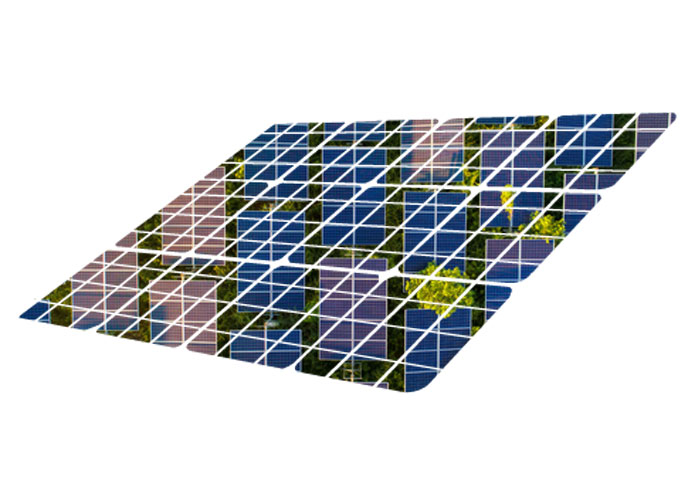
Sidenor has acquired solar parks which ensure a 100% renewable electrical energy consumption.
This initiative is part of Sidenor’s commitment to decarbonization through 100% renewable energy consumption.
Green Hydrogen

Gas consumption is the main decarbonization challenge we are facing.
In 2024, we will already have the necessary equipment to perform the first industrial test with green hydrogen in our production process.

Biogenic Carbon

In 2023, we signed a biogenic carbon supply agreement which allows us to partly decarbonize coal consumption in the electric arc furnace process.
Ecodesign Tool
Ecodesign is the main tool to reduce Scope 3 footprint. In addition, it has a relevant impact on our customers’ footprint.
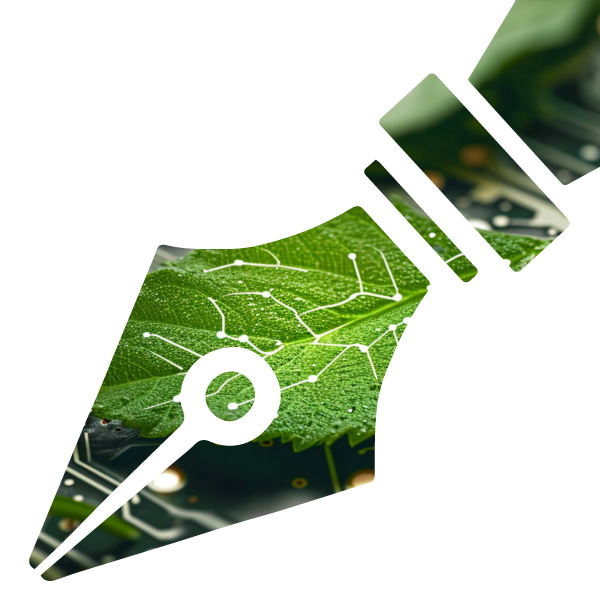
Ecodesign example Steel Grade Optimization
Steel grade selection can dramatically impact the CO2 footprint, mainly due to UPSTREAM contribution.
A proper steel grade selection could lead to a reduction in carbon footprint, while maintaining the final component requirements.
CO2 Footprint Software
Maximum level of detail regarding the value of CO2 emitted by product as a pillar for decision making
Sidenor has a product environmental footprint calculation software. Thanks to this tool, we are able to assess, for each steel reference and for multiple environmental impact categories, the contribution of each input to each process step, both upstream and core.
Such a level of detail is essential to enable a maximum reduction in greenhouse gas emissions, optimizing ecodesign actions.

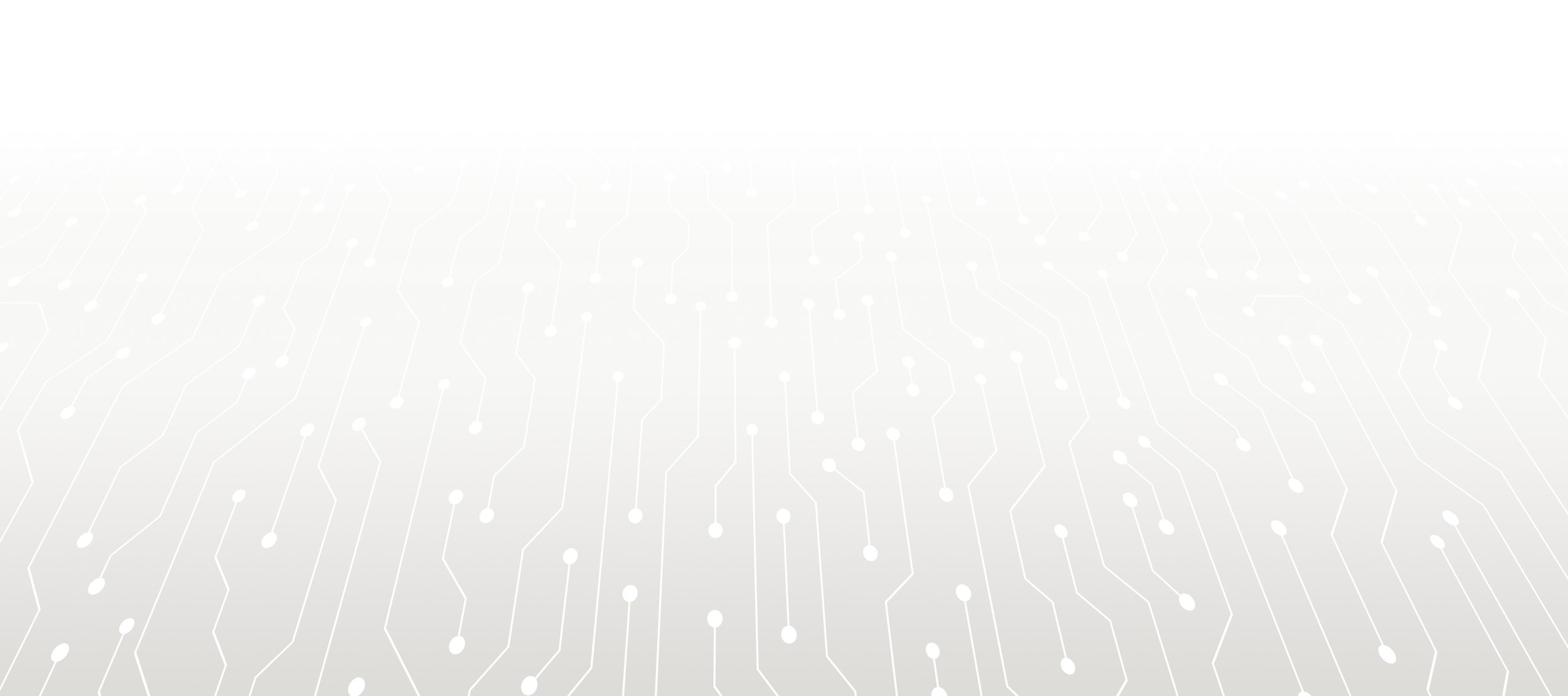
Certifications:
Transparency and Data Quality
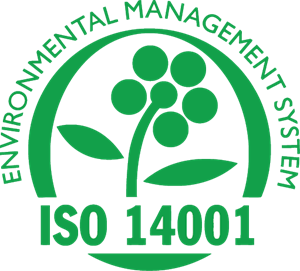

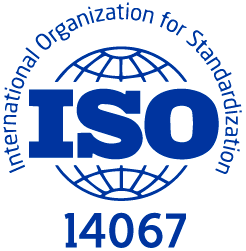


Enviromental Product Declaration (EPD)
The environmental product declaration process is certified by a third party, according to the “EPD® System”, including the carbon footprint of products management system, in line with the UNE-EN ISO 14067:2019 standard and the “PCR 2015:03 Basic iron or steel products & special steels, except construction products v2.0 ”.
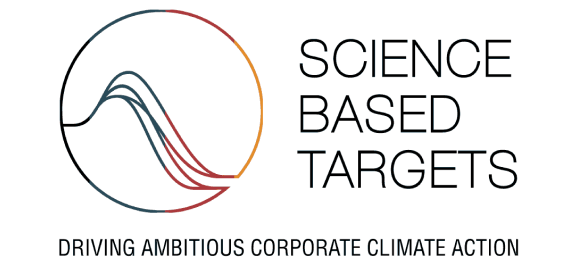




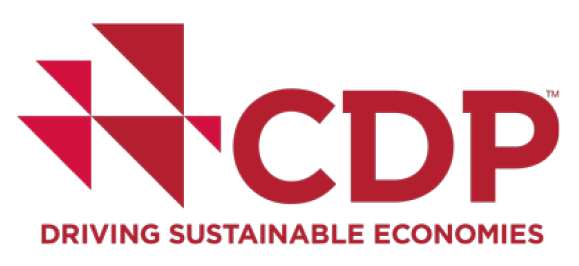

Meet us at:
Wire
April 15th-19th
Messe Düsseldorf
Düsseldorf, Germany
Hall 12 - Stand A71

Are you interested in learning more about our sustainable steels and how to reduce your carbon footprint? Come and book an appointment with us at our stand.




